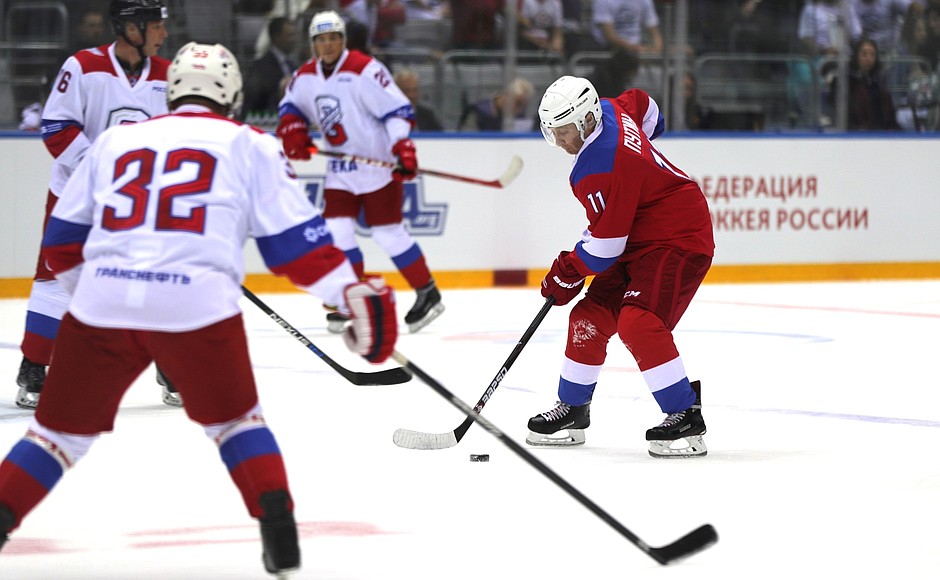12 key characteristics are described by OnbaseU that can impact a pitcher’s consistency, promote overload problems like tendinitis, and potential loss of playing time. The one pitching characteristics that this article will talk about is called Early Flexion.
Before we go into what Early Flexion is and the possible consequences of Early Flexion from a medical standpoint, let us establish how to best use this article. Pitching characteristics are not correlated with pitching problems or faults. You can find numerous pitchers with early flexion pattern and still excel to the level of being a Cy Young pitcher. We can strongly demonstrate that the need to show early flexion is due to compensation for a physical-mechanical or physical performance issue. The compensation will be decided necessary or unnecessary from a collection of tests, movement screen, and clinical collaboration with the team and the pitcher.
Problem is considered a problem when it matters. What this statement implies is that if you cannot bring results, then the characteristic needs to be evaluated by your team of baseball professional providers: medical, pitching coach, and performance fitness.
So, what is early flexion?
When you take a look at a side view of a pitcher in action and freeze-frame at the Maximal External Rotation position, you will notice the spine is not in a neutral or extended spinal position. If you draw a line from the tailbone to the scapular landmark, an early flexion pattern is demonstrated as not having any open space in front of this line. The lower half of the spine is rounded while the pitcher is in the maximal shoulder external rotation position.
Why does this matter from a medical standpoint?
Your shoulder is naturally a joint that moves too much. The triple actions of torquing the arm into layback external rotation and subsequent act in throwing the arm fast and forward to decelerating control of the arm places the shoulder in high stress. When you calculate 1000’s of pitches over months and years, the shoulder myotendinous unit starts going into failure strain territory. Basically, your rotator cuff muscles and others cannot perform at a high level to protect your shoulder.
The early flexion characteristics put more strain on the shoulder and elbow ligaments and passive stabilizers. Your labrum starts to tugged and strained. When you raise your arm overhead, your thoracic spine needs to naturally couple the motion with extension and rotation to the same side of the throwing arm. The combined shoulder and thoracic spine arthokinematics occur to allow efficient contraction of your rotator cuff muscles and open clearance of humerus bone on subacromial joint space. When your spine is positioned in the inefficient early flexed position, your shoulder starts to become hypermobile in the front aspect and under-recovered to the back aspect of the shoulder.
An upright and efficiently postured hip, pelvis, and lower spine usually dictate how hard you will have to work to have a well-distributed upper body posture.
As a Sports Medicine Physical Therapist, we can focus on rebuilding the rotator cuff muscles and shoulder complex, but it will likely continue to fatigue from the strain of pitching. This idea goes to the elbow complex, especially the ulnar collateral ligament (UCL). The key to sustained success is to identify the reasons for the early flexion characteristics.
What are the common mechanical faults?
- Lower spine dysfunction. You lack the mobility or awareness to isolate extension to your lumbar spine, thoracolumbar junction, or lower thoracic spine and rib cage. You choose to go into early flexion because that is your only physical option. Treatment includes getting manual therapy directed to your spine, and most importantly, upgrade your movement habit to allow non-early flexion pattern.
- Pelvis. Your sacroiliac joint helps to transfer load from your legs to your spine. Your ability to bring one leg forward and one leg to trail behind requires a coordinated movement sequence conducted by the sacroiliac joint. You can have a stiff pelvis and/or uncoordinated sacroiliac region. Treatment includes strengthening your pelvic stabilizers such as your Gluteus Maximus, Gluteus Medius, Hamstrings, Iliopsoas, and deep pelvic muscles. You may benefit from manual therapy to your sacroiliac region to allow better exercise tolerance.
- Hip Joint. When your front hip cannot flex, then your pelvis and/or spine will have to make up for the hip limitations. This is commonly under-detected since the pitching characteristic is looking at the spine. Treatment includes stretching and self-soft tissue exercises to regain hip flexion while the spine is stabilized.
There are other possible sources and getting a baseball pitching screen, and if there is pain involved, a follow-up Selective Functional Movement Assessment (SFMA) screen will give you a comprehensive plan of action.
If you need an expertise to evaluate any stubborn muscle or joint tension or pain, click the orange button to get your free phone consultation or telehealth consultation with Dr Ngo. You will get a sense of what is holding you back and general guidance on what is your next best step to recovery.
We specialize in recurrent muscle tightness and the pain the comes with it. Get your expertise second opinion with a click of the orange button below.
One LOVE,
Danh Ngo PT, DPT, OCS, SCS
Doctor of Physical Therapy
Board Certified Specialist in Orthopedic and Sports Medicine
Onbase University Certified Pitching Specialist
Certified Advanced Movement Specialist – RockTape
Certified Mobility Specialist – Rocktape
Mind Body Health Results Coach





